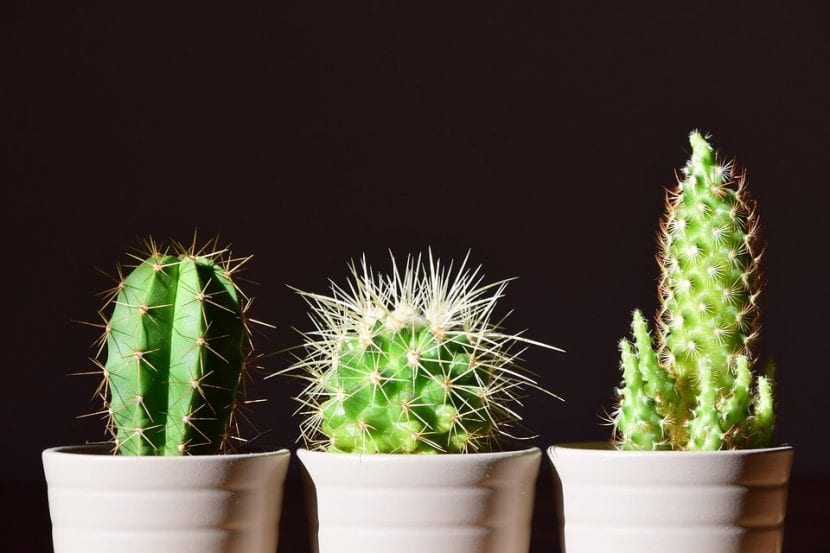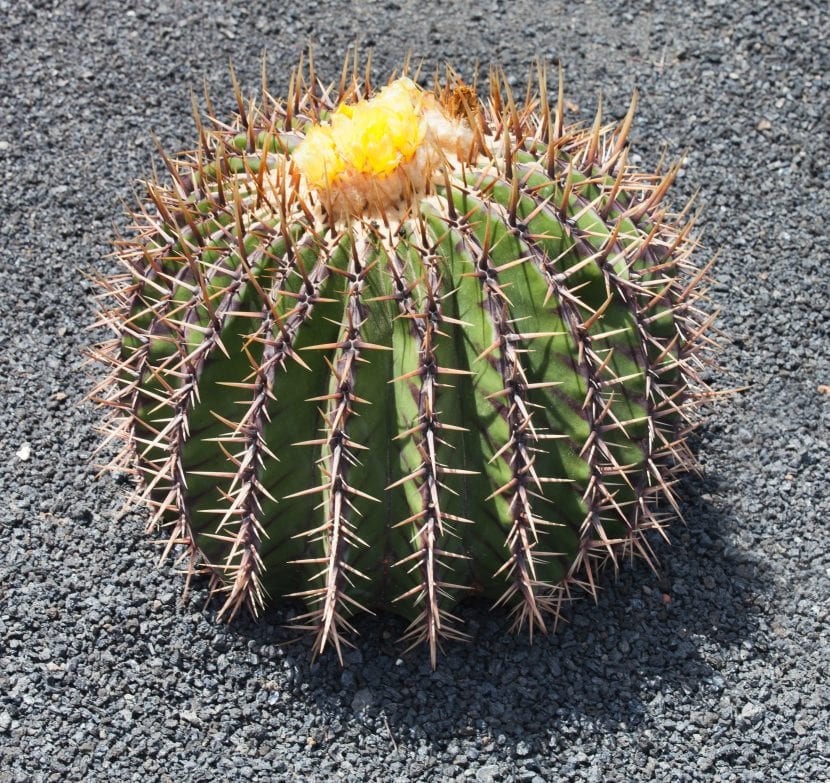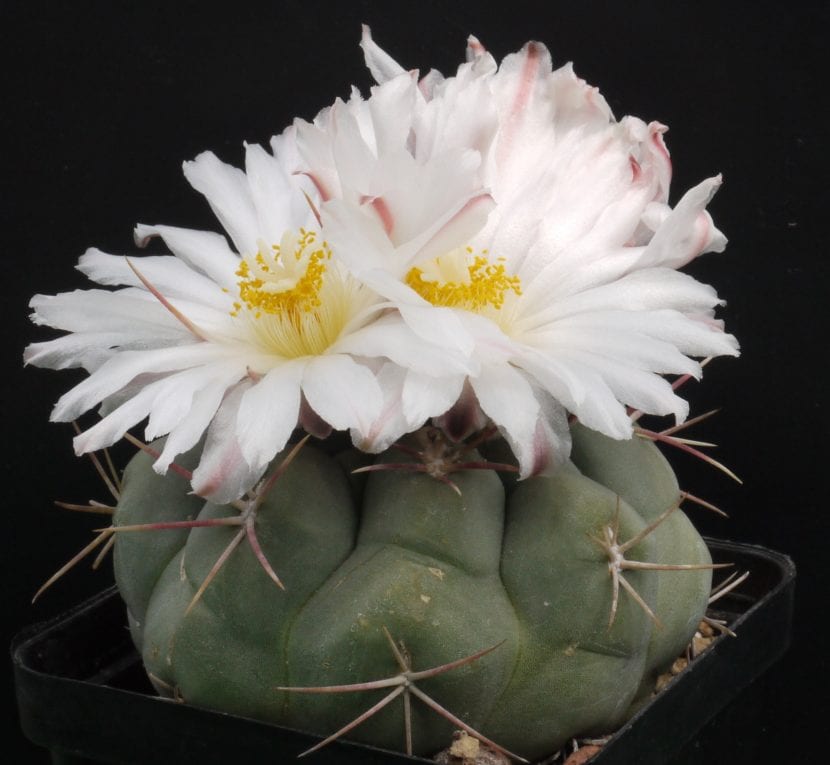
Mammillaria pseudoperbella
Cacti are plants that are believed to be some of the hardiest, so much so that they are often the most recommended for beginners. But the truth is that they are not as easy as we think.
The myths about cacti have convinced us of a reality that it is not, preventing us from properly enjoying these wonderful plants. Let's see what those myths are to be able to see our succulents with new eyes.
Do cacti protect from computer radiation?

Cereus peruvianus
For many years it has been believed that the Cereus peruvianus, better known as Computer Cactus, could protect us from the radiation emitted by the PC. The reality is that, although this type of plants can receive a radiation dose higher than that of other plants, to protect us we would have to have cacti covering the entire screen, something that in any case would not be very necessary because until now there is no scientific evidence that the radiation emitted by electrical appliances affects our health.
Can cacti be inside the home?

When looking for indoor plants that are easy or relatively simple to care for, some people pick up a few cacti, which is fine as long as you place them in a room with plenty of natural light. This type of plants cannot grow in semi-shade, much less in shadeSo if we want to have them indoors, the ideal thing will be to place them near a window and turn the pot every 2-3 days so that the same amount of light reaches all its parts.
Are cacti resistant to drought?

Echinocactus platyacanthus
Yes, but it depends on where they are. In its natural habitat it rains very little, but every morning its pores open to absorb the drops of water that make up the breeze. When grown, they need to be watered from time to time to keep them healthy, once every 4-5 days in summer and every 15 days the rest of the year, otherwise they won't thrive.
Can cacti live in any climate?

Oreocereus trollii
No. The vast majority of species can live without problems if the temperature is around 45ºC maximum and -2ºC minimum, but there are some, such as Lanata wife or Oreocereus trollii that they are able to resist the cold somewhat more. To distinguish them, just look at whether it has white "hairs" that protect the body or not. If it does, then it is adapted to withstand slightly low temperatures, but you have to know that hail affects almost all cacti, especially the youngest ones.
Should cacti be planted in sand?

Thelocactus hexahedrophorus
Cacti, like other succulents, need a substrate that drains well. The sand, but, is too draining, which is why it is more recommended to plant them in black peat mixed with perlite in equal parts.
Did you know these myths about cacti?
Some time ago I sowed cactus seeds that I bought in a place where there were many plants, but it turns out that I still have no results, every day I observe if something appears and it has just appeared as green but very tiny spots on the little ground where I planted them. Am I good at what I did? How long do they take to germinate? How do I have to do it to have a good result?
Thank you.
Hello Maria.
Surely those green spots are the cacti themselves. The seedlings of this type of plants are like fleshy green dots, very small.
To make it go well, I recommend you place the seedbed outside, in semi-shade (that has a lot of light) and sprinkle the earth with copper or sulfur. This way the fungi will not cause damage.
A greeting.